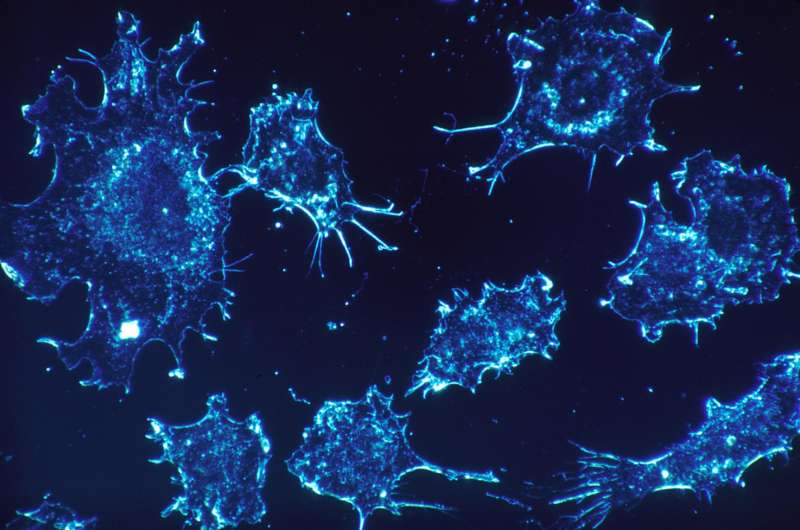Researchers use mathematical modeling and evolutionary principals to show importance of basing treatment decisions

Cancer patients are commonly treated with the maximum dose they are able to withstand that does not cause too many toxic side effects. However, many patients become resistant to these treatments and develop cancer recurrence. Researchers at Moffitt Cancer Center are using mathematical modeling based on evolutionary principals to show that adaptive drug treatments based on tumor responses to prior treatment are more effective than maximum-tolerated dose approaches for certain tumor situations. Their new study discussing this approach was published in online ahead of print in Cancer Research.
Standard cancer treatments and most clinical trials are based on the notion that physicians need to treat patients with the highest dose of a drug possible to kill the most cancer cells in the shortest amount of time. But often, tumor cells manage to find ways to thrive by activating survival mechanisms.
"An evolutionary flaw in this maximum-tolerated dose strategy is the assumption that resistant populations are not present prior to therapy. It is now clear that cancer cells can be insensitive even to treatment that they have never seen before," explained study author Jill Gallaher, Ph.D., an applied research scientist in the Department of Integrated Mathematical Oncology at Moffitt.
According to the Moffitt team, this can be explained through the evolutionary principal of competitive release. An example of this can be found in the use of chemical pesticides for gardens and crops. When the highest pesticide dose is used, the insect population undergoes high selection pressure and those insects that are sensitive to the insecticide are killed. However, some insects are able to survive because of already existing resistance, and with the disappearance of their competitors, these insects are able to multiply and generate a resistant population. It has become clear that existing resistant tumor cells can respond the same way following treatment.
An alternative approach to using a maximum-tolerated dose for cancer treatment is to use an adaptive approach based on the tumor's response to the previous drug administration. The Moffitt researchers wanted to determine which treatment scenario, either a continuous maximum tolerated approach or an adaptive approach, was best suited for particular tumors. They performed their analysis by using mathematical modeling based on evolutionary principals and cell culture experiments. They simulated maximum dose strategies against adaptive strategies using different combinations of sensitive and resistant cell populations, and also took into consideration the ability of cells to migrate and different proliferation inheritance patterns.
The researchers discovered that in general, there is no single treatment approach that works best for all tumors, and that the ability of a tumor to respond to a particular treatment depends on the composition of the tumor. For example, they showed that tumors that are made up of cells that are similar to one another and sensitive to drug treatments tend to respond better to a continuous, maximum-dose approach. In a clinical setting, this approach may work best for tumors such as testicular cancer and certain lymphomas that tend to be more homogeneous. However, tumors that are made up of a mixture of sensitive and resistant cells tend to respond better to an adaptive treatment approach. Clinical examples of these types of tumors include melanoma, lung and breast cancer.
The researchers also analyzed different adaptive-treatment approaches. They compared a typical adaptive strategy with a treatment vacation strategy during which no treatment is given in between high drug doses. They reported that the high-dose fluctuations of treatment vacations work well to control tumor growth if the tumor is highly invasive or genetically changing.
The researchers hope that their work can convince others that patients may respond better to cancer treatments by using existing drugs in a smarter manner.
"Our work illustrates clearly the importance of using treatment response as a key driver of treatment decisions, rather than fixed strategies. We strongly believe that the future of precision medicine should be focused not only on the development of new drugs but also in the smarter evolutionary use of preexisting drugs," said Alexander RA Anderson, Ph.D., chair of the Department of Integrated Mathematical Oncology at Moffitt.
More information: Jill A. Gallaher et al, Spatial Heterogeneity and Evolutionary Dynamics Modulate Time to Recurrence in Continuous and Adaptive Cancer Therapies, Cancer Research (2018). DOI: 10.1158/0008-5472.CAN-17-2649


















